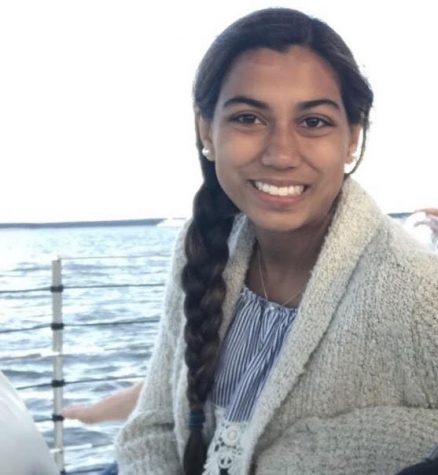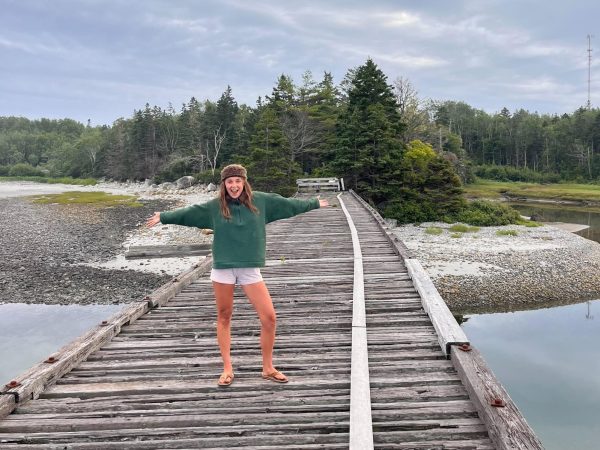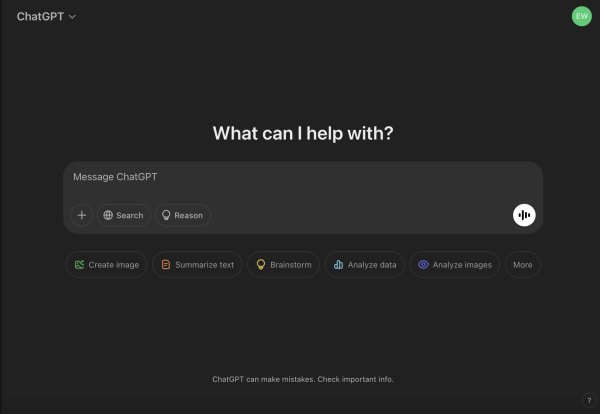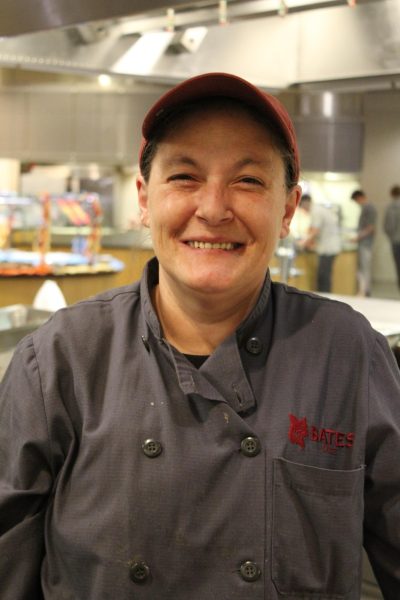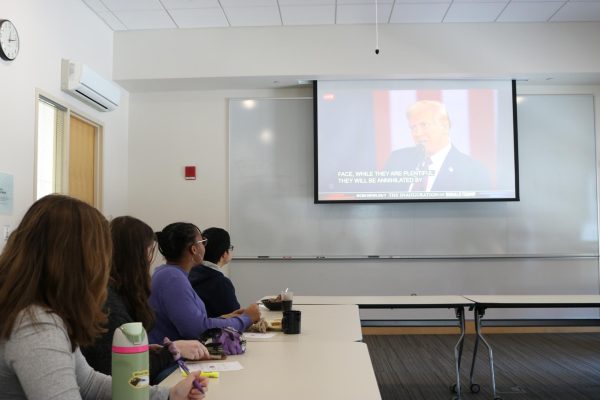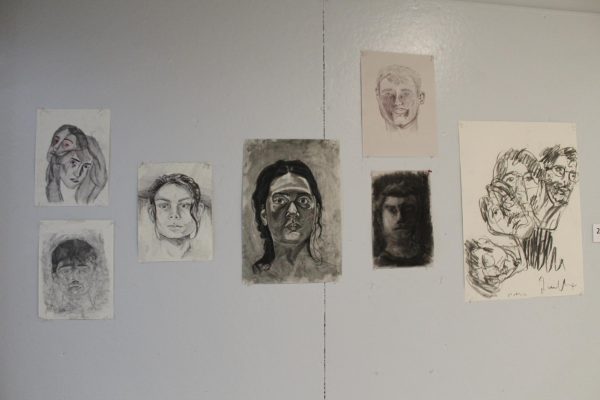Students Capitalize on Extended Break to Pursue Community-Engaged Research
Given Bates’ extended winter break, 27 Bates students were able to roll up their sleeves and develop new, exciting resources for the Harward Center’s 2021 Action/Research Team (A/RT) Fellowship.
This program is usually offered during Short Term, but the Harward Center wanted to keep it running despite calendar changes. They created a COVID-19 friendly version that began on Jan. 11 with a group Zoom meeting and ended on Feb. 5 at 2 p.m. after a two-hour all-teams Zoom share-out. Students were assigned projects based on their skills and experiences. The hope was that they would create resources that would benefit Bates and the off-campus community for years to come.
“These projects came from input from students about what resources they thought needed to be more available or that were missing that would help themselves or other Bates students,” said Darby Ray, a director at the Harward Center of Community Partnerships. “In non-pandemic times, the community partner defines the project. During the pandemic, these were student-identified. We gave students a lot of freedom and creativity to see what they could come up with.”
The A/RT Fellows worked on 12 different projects. The Student spoke with six participants. Other projects that fellows worked on included a racial justice toolkit and voter engagement.
Mapping Pettengill Park
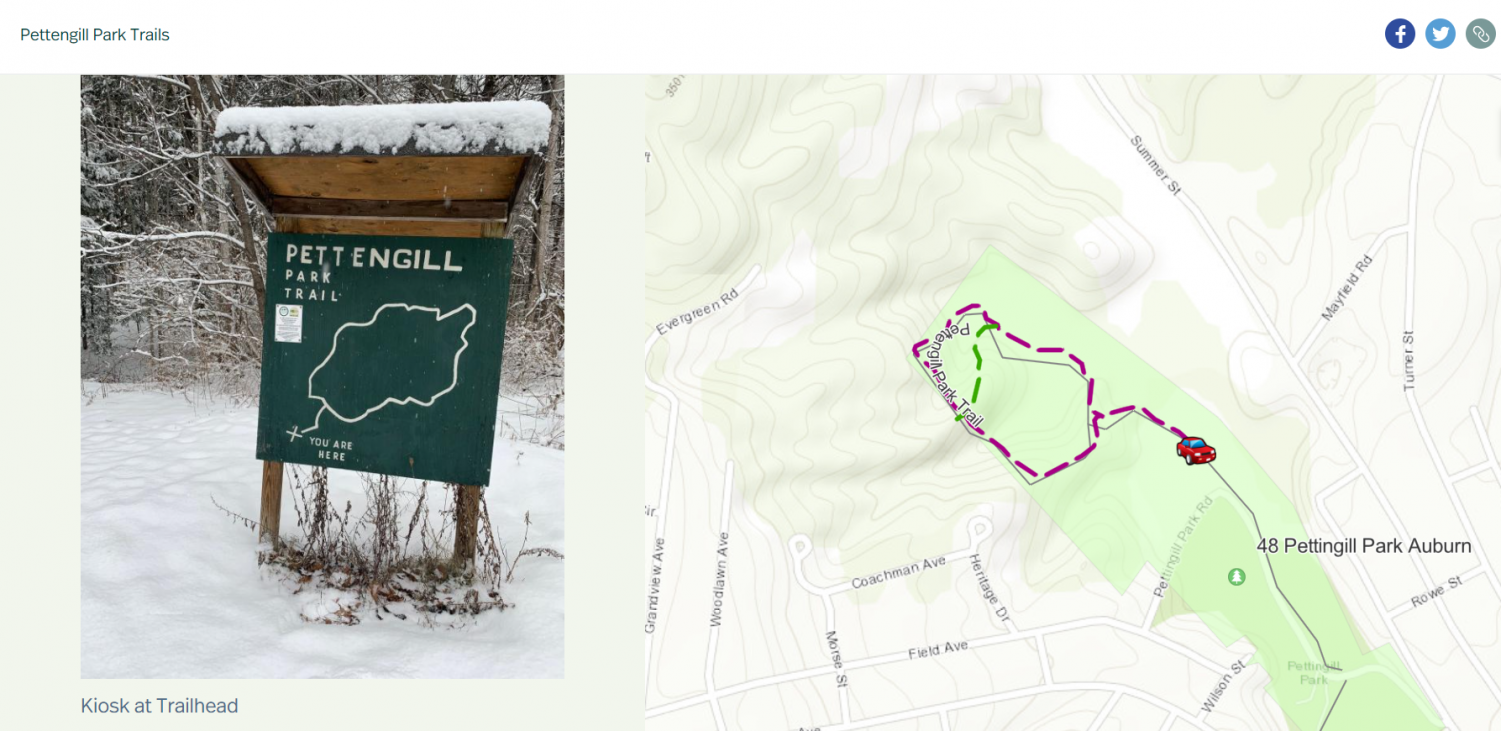
Tucker Pierce ‘21 grew up in Maine and has always loved hiking on trails and spending time outdoors. For his project, he mapped a small trail system in Pettengill Park in Auburn and built a Story Map to bring awareness to the trails. The A/RT Fellows were strongly encouraged to use the ArcGis Story Maps website to combine texts and interactive maps creatively for their research. Pierce worked with several community partners to establish his project goals.
“The main goals were to map trails previously undocumented on any trails website, decipher what trails went onto private property, and use Story Map to portay a web map accessible to the public, and explain some of the unique natural features of the land,” Pierce said. “After communicating with members of the community, I walked the trail system, collecting GPS coordinates and photos from the park.”
He used ArcGIS Online to create a trail map which is displayed within the Story Map. Pierce also collaborated with local expert and Chair of the Community Forest Subcommittee, David Griswald, who helped him produce a natural history of the area.
Pierce enjoyed working with members of the community. He also appreciated how his project allowed him to learn more about the Auburn city government’s priorities and how the policies around public trails are addressed.
Exploring the Textile Industry’s Impact on Lewiston and Auburn
Ray Joseph ‘22 has heard bits and pieces of Lewiston-Auburn’s (L/A) history over his few years at Bates, but he has always wanted to learn more. When Joseph was selected for the A/RT Fellowship’s L/A history section, supervised by Dr. Sam Boss from the Harward Center, he was excited to dig into the story behind why Lewiston and Auburn were founded, and what they contributed to Maine and its economy.
“I wanted to spread awareness of the unique story that Lewiston-Auburn has to offer,” Joseph said. “It’s important that Bates students know the stories of Lewiston and Auburn so that they can understand the conditions that Lewiston is going through today, how the economy is affected by the textile industry’s decline, and where to go forward from here.”
He found it important to explain the cause of the textile industry’s decline in his Story Map. He also wanted to highlight that the cities’ canals were built by Irish immigrants who first came to L/A in the 1800s. This wave of immigrants is partly responsible for developing Lewiston into what it is today; however, few students know this history.
Joseph said he finds it interesting that some stories are told, but that others, like the ones he spent his fellowship researching, are harder to find.
Understanding Food Insecurity in Lewiston-Auburn
Annika Mirchandani ‘23, who is also a Community Outreach Fellow for Blake Street Towers, worked on a project that created a comprehensive summary of food insecurity in the Lewiston/Auburn community for her A/RT Fellowship.
“My goal was to provide an engaging introduction to the local food system for students who will be working on topics relating to food security and food justice for volunteer opportunities, community-engaged learning courses, or research,” Mirchandani said. She achieved these goals by compiling information about what food security is and summarizing and providing links to a variety of nearby local Lewiston food programs that students could become involved in.
She hopes her Story Map will be a resource for new volunteers at Blake Street Towers, to give them background on food insecurity in L/A, as well as for students who work with the Trinity Jubilee Center and the Good Shepherd Food Bank.
Connecting Asylum Seekers with Support
During her first year at Bates, French major Fiona Cohen ‘23 engaged with the Francophone community in the L/A area, including translating documents at the Immigrant Legal Advocacy project. This gave her relevant experience for her fellowship, where she and her A/RT fellow partner, Bijou Kanyambo ‘21, learned about the experiences of asylum seekers in the L/A area.
They wanted to develop a resource for the asylum-seeking community in Lewiston, which they believed could also be useful for fellow students hoping to engage in this kind of work in the future.
For the first half of their project, Kanyambo and Cohen worked on this goal and created a Story Map with a comprehensive list of all the community centers and organizations in the area, many of which provide legal aid, language learning, and other services for the asylum seeker community, as well as other residents of L/A. Their list includes the Lewiston Adult Education Center, Congolese Community Association of Maine, and the Trinity Jubilee Center.
“The highlight of doing my project was definitely the interviews,” Cohen said. She said they had about five interviews. “In the second half of our project, [which was] geared more towards students, we listed most of our interviews, starting with community members, and then interviewed professors and students who’d done similar kinds of community-engaged work.”
Another highlight for Cohen was thinking about future goals: in particular, she’d like to host a coat drive for asylum-seeking members of the community, at some point in the near future, contingent on current Covid-safety guidelines. This coat drive would benefit the B-Street Health Center, which is a medical clinic in Lewiston. Cohen noted that there is a serious need for the items that the clinic collects — including scarves, hats, gloves, and boots.
Partnering with Community Organizations
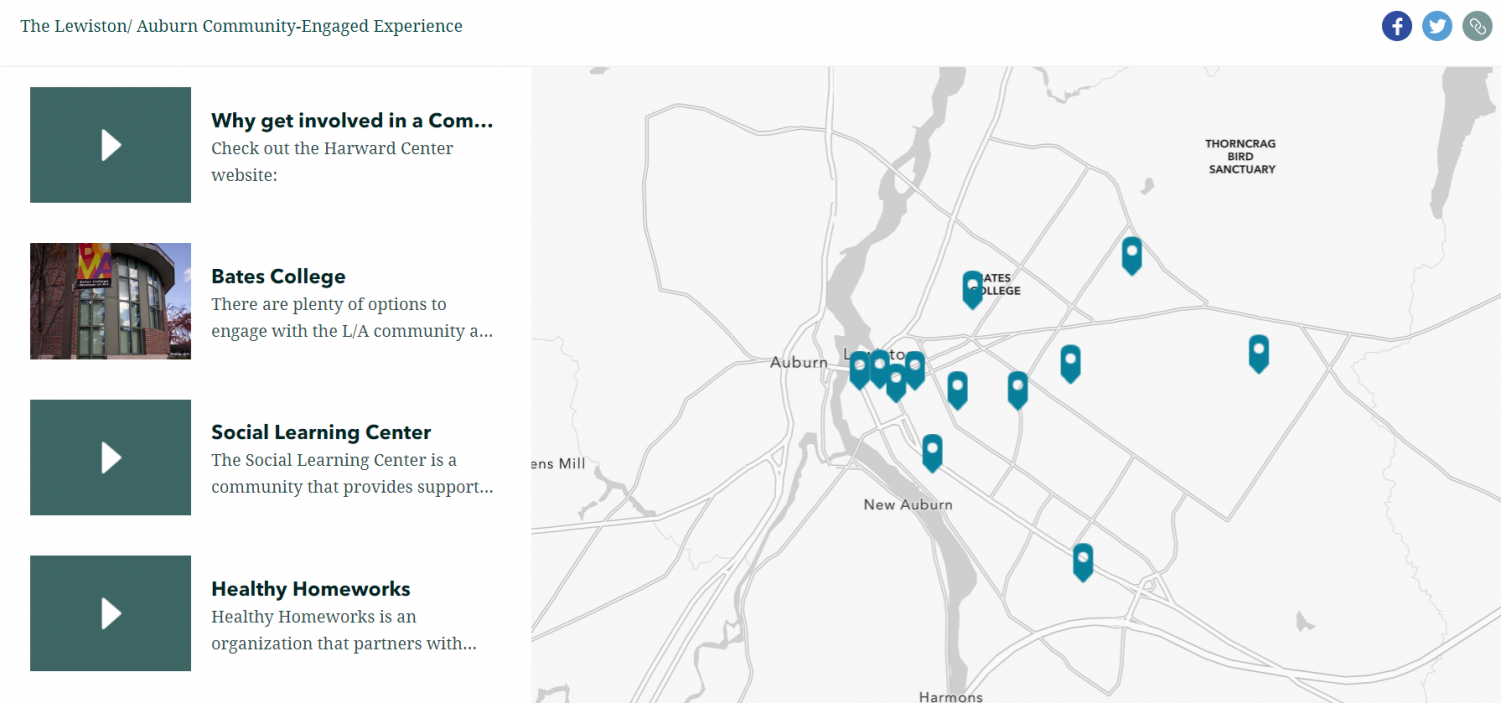
Bates students like to hang out with friends and get involved in Lewiston — for example, at the L/A Art Walk, Saint Mary’s Nutrition Center, and the Social Learning Center. For her project, Kerry Manuel ‘21 was not just thinking about what students do from Monday through Friday; she was also thinking about what Bates students do in the community and on the weekends.
“I wanted future students to be able to use this and discover what’s out there in Lewiston-Auburn,” Manuel said. “We tried to channel our inner freshmen selves for this Story Map. We visited the Harward Center website. We looked at what was out there already for students to see. From there, we created a clean, descriptive site for them.”
Manuel’s target audience was current and prospective students. She and her partner, Sophie Nahirny ‘22, highlighted between 20 and 25 places where Bates students interact frequently. They went about this by asking other A/RT fellows for their advice.
“While doing this project, I remembered how as a freshman, I was looking for ways to get involved,” Manuel said. “It kept me motivated to think of other students, having this right in front of them. I’ve really enjoyed living here for the past four years and hopefully freshmen and perspectives students will have the same experience.”
Mentoring Lewiston Student-Athletes
Sophomore Lauren Nudi’s project began with an idea from Bates football coach Malik Hall to use Zoom to reach out to local-area student athletes. He called it the M.O.V.E. Mentorship program. The acronym stands for Mood Management, Overcome, Visualize, Empower.
“It’s all about how student athletes can use these four pillars to propel their academic and athletic careers,” Nudi said. “We’ll probably have around 20 Lewiston students and 20 Bates athletes in the Zoom. We’ll break into small groups, like small five-person breakout rooms.”
Nudi and Hall are specifically targeting student-athletes at Lewiston Middle and High School. The goal is to connect middle and high school students in the L/A area with Bates students.
Nudi worked with Hall and Harward Center Faculty Liaison, Ellen Alcorn to plan, craft materials, and begin correspondence with Lewiston community partners. Nudi’s specific role was to help bring Hall’s vision to life, make programming materials, create a Zoom facilitator guide, and recruit 65 Bates volunteers. For the first half of the winter semester, Nudi will be working on this mentorship program through her role as a Community Outreach Fellow.
The first Zoom session was the week of Feb. 15, Nudi said. She hopes these events will eventually be in person.
In Conclusion
Each of the A/RT Fellows mentioned in this article discussed their level of engagement and the meaning they found from their projects.
“Our inspiration seemed to rub off on each other,” Joseph said. “The presentations — my favorite part — was an exchange of information, where people learned from others’ projects. To me, it was a reflection of the Bates community and what we can accomplish in terms of educating each other. At Bates, we are students, but we are also capable of teaching each other and even teaching people who are older than us or are in positions of power.”
Other students shared this sentiment. With the conclusion of the last Zoom call on Feb. 5, the A/RT Fellows and faculty advisors went around the “room,” asking how everyone was feeling. The words “happy,” “amazed,” and “inspired” came up several times. Ray emphasized that she was impressed and inspired by the presentations and the hard work that the students had put in over the course of the month.
“It was really spectacular work,” Ray said. “I hope these students take away a sense of accomplishment [and] satisfaction in having expanded the resource base for high level community engagement at Bates College. I hope they take away some new friends and colleagues, and a deeper sense of the college’s civic mission, and their ability to participate in that mission and to shape that mission with their own intelligence and expertise and creativity.”
The writer of this article was also a part of the Jan. 2021- Feb. 2021 A/RT Fellowship. She worked on the L/A History section, focusing on the history of the Androscoggin River.
Your donation will support the student journalists of Bates College and help us cover our annual website hosting costs.


